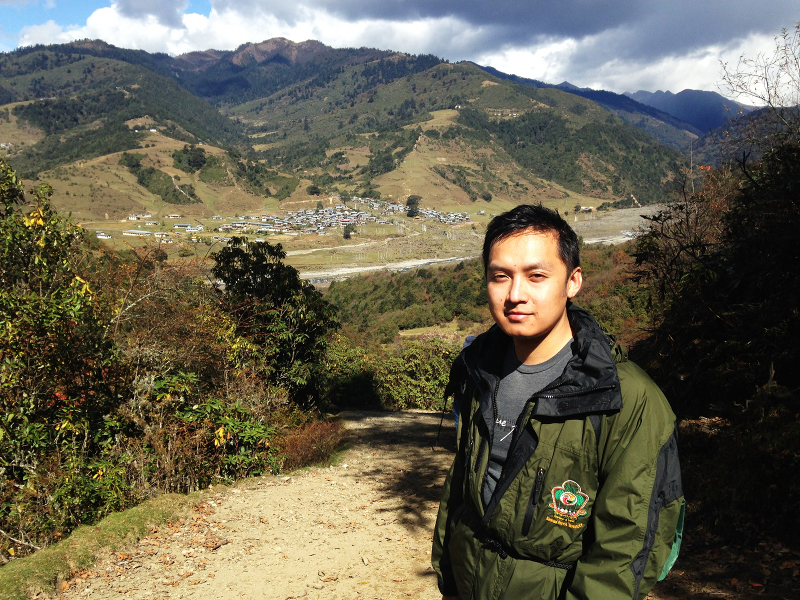News
Conservation beyond protected areas in Bhutan
Protected areas are necessary, but not sufficient, writes David Macdonald in celebration of a landmark paper by WildCRU’s Ugyen Penjor. Bhutan is a small country in the eastern Himalayas, which has the enormous distinction of having 50% of its land under protection. Despite this large area of protected land, during the 2014-15 national tiger survey, data collected by the forestry officials suggested there was a higher number of tigers outside protected areas than inside. This led Ugyen Penjor, a remarkably talented WildCRU DPhil student, to consider if this was the case for all species.
His research, working closely with our landscape ecology stars, Zaneta Kaszta and Sam Cushman, assessed the effectiveness of existing protected areas and identified further potential conservation areas for multiple, large terrestrial mammals. Ugyen and colleagues led back-breaking analyses, which we now celebrate being published in Landscape Ecology .
The WildCRU team studied a suite of large mammals, and the general result is that protected areas and forest were important predictors that positively influenced almost all of them. Unsurprisingly, anthropogenic variables tested were negatively associated. This suggests that conservation efforts are proving effective in Bhutan.
However, Bhutan does not want to stop here. The constitution of Bhutan mandates that at least 60% of the total land must remain forested. This is where the team’s analysis comes into play – forest cover was another important predictor of mammal habitat use. Using simulation and composite habitat suitability maps for sixteen terrestrial mammals, Ugyen and his colleagues identified optimal conservation areas outside the existing protected area network (protected areas and biological corridors). They discovered that in addition to the existing 50% of land under protection, another 10% could be easily be identified to fulfil the constitutional requirement. Ugyen works in the government Forest Service in Bhutan, so his voice is influential in places that matter. He has already presented the results to his department, and we hope fervently that they will influence policy and be incorporated into key biodiversity areas.
This multi-species assessment is crucially important for Bhutan, but the WildCRU team believes its importance extends globally to optimize future conservation and development plans at national and perhaps regional scales.

Penjor, U., Kaszta, Ż., Macdonald, D.W., and Cushman, S. A. (2021) Prioritizing areas for conservation outside the existing protected area network in Bhutan: the use of multi-species, multi-scale habitat suitability models. Landscape Ecology. https://doi.org/10.1007/s10980-021-01225-7
-
 Ugyen Penjor
Ugyen Penjor





